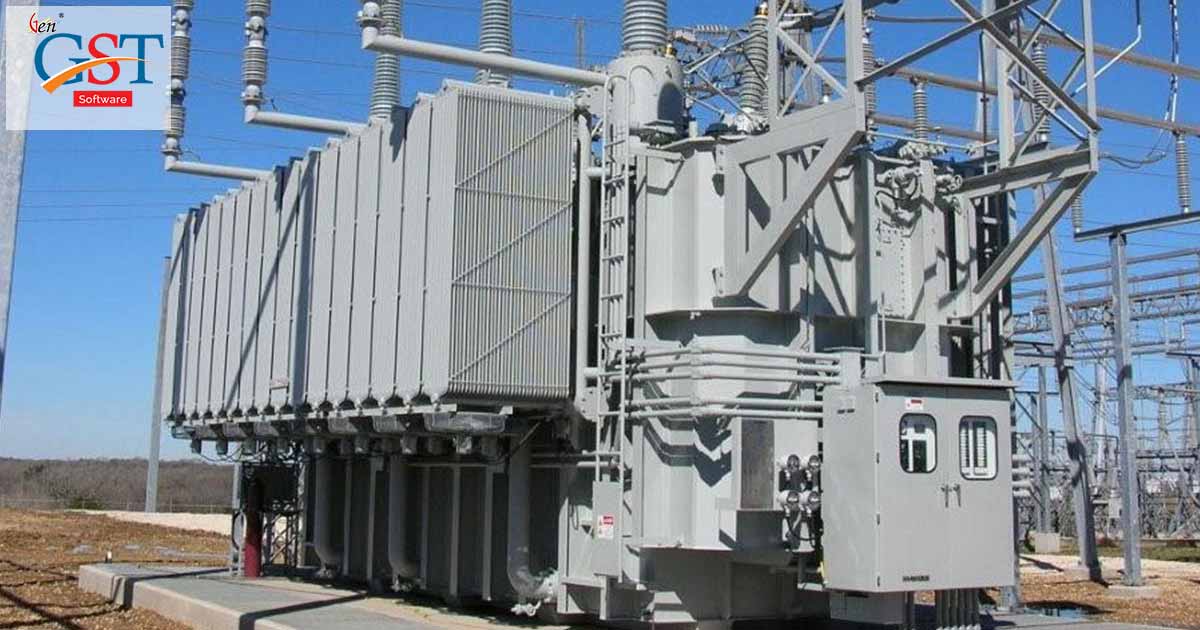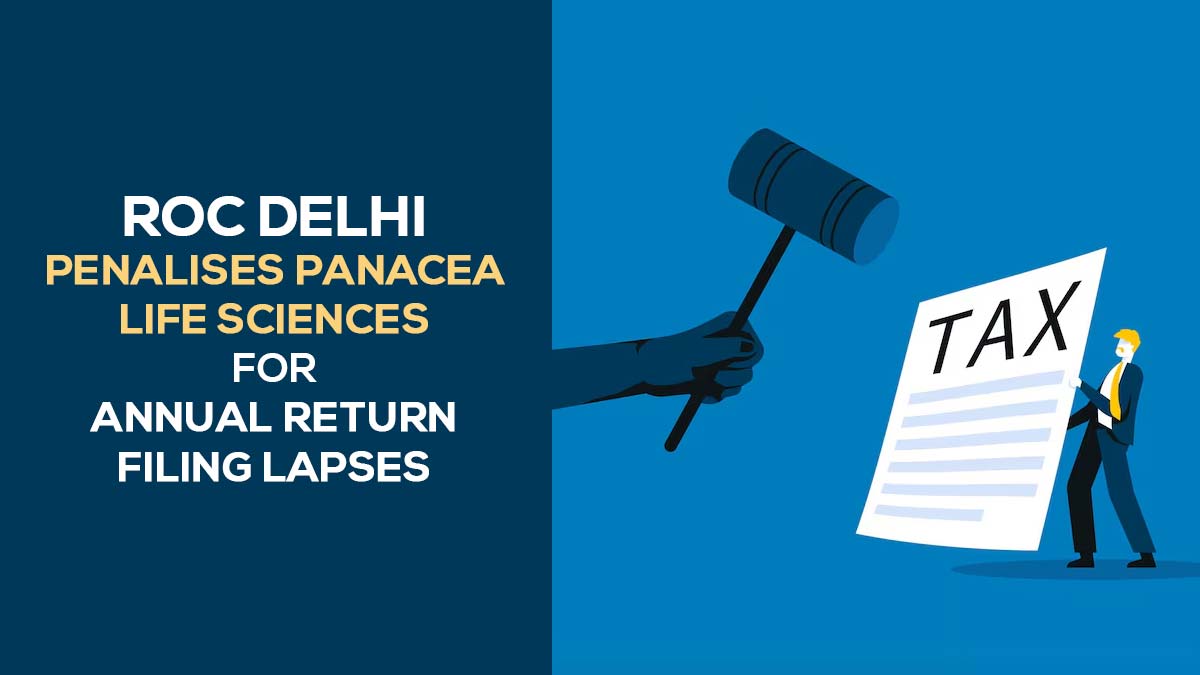We accept that the GST implementation slowly but reduced the drawbacks of the previously formulated tax collecting procedure. The Government is penetrating full-efforts to overcome loopholes in GST mechanism. As to some extent, it got succeed to overcome the transitional implementation challenges, it is the time to look forward to furthering firmness and improvements. The burden of highest tax slab rate i.e 28% has been reduced on many products. The GST Council is now working on to simplify the GST procedure6s for small business who are involved in selling to large enterprises. The inclusion of land and real estate under GST ambit is also the topic of discussion, right now. Besides, electricity is as well in the line-up to be included into the GST.
Latest Update in Electricity Under GST
- In the 53rd GST council meeting, the Kerala State Electricity Board (KSEB) published a circular related to the GST exemption on electricity distribution and transmission. As per the council’s decision, “GST is exempt for the supply of services such as application fees for providing electricity connections, rental charges against electricity meters, testing fees, labour charges from customers for shifting meters, or service lines and other charges that are incidental, ancillary, or integral to the supply of transmission and distribution of electricity.”
- The GST AAAR Andhra Pradesh showcased the order for Southern Power Distribution Company. The order said that GST is leviable on services instead distribution and transmission of electricity. Read Order
- Tamil Nadu Electricity Minister V Senthil Balaji has said that GST wasn’t levied on the power bill. Only, It will be applicable on application fees and some other services.
- The AAR of Maharashtra has ruled that the GST is payable on Water and Electricity charges as per counting of meter reading and received from the recipient was exact on a repayment basis. read order
Confusing Structure of Electricity Taxes
There is a confusing prevalence of electricity taxes that change from state to state and in different categories i.e high tax for industrial users and low tax for consumers. The tax imposed by the states change from 0% to 25%. The electricity is a good source of revenue for states as it comprises Rs. 31,000 crore considering the states combined collection.
On account, the electricity taxes of states covers 3% of total tax collection in own state and goes up to 9% considering the other states. This is the reason states do not want to demit the right to impose these taxes. But, the existing state levies large costs that rationally destroy the government’s Make in India initiative.
Embedded Tax Increases Electricity Cost
The main issue is that costs to industrial users of electricity are excessive as they comprise the taxes on inputs that have put in electricity supply chain. The taxes on electricity supply include taxes on solar panels, batteries, raw materials (coal, renewables), and other equipment involved in the procedure. As electricity is not the part of GST, there are no input-tax credit benefits to be claimed and this increases the price of electricity on the consumer. For the textile industry, this consolidated tax amounts about 2% of the final price. This consolidated taxes injures manufacturers selling in the domestic market. But they are more injured in particular exporters of electricity products as they are not eligible for any duty reduction benefits for taxes consolidated in exports. The impact of these embedded taxes is seen in creating a double setback for industrial buyers of electricity.
The final exhaustion of electricity is done by consumers and industrial users. The political interference in electricity taxes made consumers (and other users in agriculture) to pay nothing or a little for utilized electricity. As a repercussion, the industrial users are charged high to overcome the losses for under-charging from other consumers. Likewise, the consolidation of taxes adds some additive effects of cross-subsidization. With all consideration, the total tax tantamounts between 1-3% higher than real consumption charges for some industrialist. This increase in cost for many industrialists is important as for exporters who sales the products internationally even 1% increase in cost results in ferocious competition for them.
What will Happen after Electricity Inclusion in GST?
Now, the current discussion is about to include electricity into GST ambit. GST policy favors the renewables and this can be positive move to include electricity under GST. Inputs to renewables production levy a GST rate of 5% whereas inputs to thermal generation levies comparatively higher rate i.e 18%. Assisting renewables could be a sensible move and good policy as well, but the current situation where subsidization is multiplying in number across policy instruments, creating a troublesome situation to gauge the overall support.
As per the consideration, confusion in GST rate formation arrives because it is overloaded with having to fulfill many objectives. Therefore, assistance for renewables is required to be conscious, direct, and transparent. So that GST should not become the reason for making non-transparently to that decision. If government includes electricity under GST, then it doesn’t show any difference in both forms of electricity generation (renewables and thermal energy) and both should receive a tax credit as well. The result will make GST as transparent for all forms of electricity generation. So, adding electricity under GST is appealing.
Centre May Bear The Loss
The obvious question is “How the centre can be in loss after inclusion of electricity under GST?”
The inclusion of the GST will reduce or remove embedded tax forms in electricity. After eliminating this forms from electricity taxes, the government and the states will definitely lose revenues and the benefits will be transferred to the businesses as input tax credits. Besides, the state government will not be getting the electricity taxes benefits as well. Therefore, there are two kinds of losses after inclusion of electricity under GST. One solution is to silently bear the all losses as the benefits will be shared between state and government as well and the center can compensate state governments for direct losses. Another way is GST council can impose 5% tax on electricity products, let the inputs tax credits move through the GST smoothly, and permit state government to levy a small portion of non-GST able cess above the GST rate. Meantime, the cess imposition rate is also important as if the cess would be greater, it will increase the above-stated problems as well. So, the better way is to permit the state government to impose a cess on electricity products up to an extent only. However, in both the situations, the centre will be in loss because basically it would lose from embedded taxes exclusion and paying states compensation for the direct loss.
Verdict
So, basically, it is all about timing. The government is required to wait till GST revenue stabilizes, maybe by the year-end and sometime in next year. Next, fiscal year will be perfect to start a discussion on the issue. The four clear-cut benefits of electricity inclusion are removing the large biases, reducing the cost of production, enhancing the competitiveness of exporters, and reducing the cross-subsidization of electricity tariffs which will reduce the competitiveness of manufacturers and exporters. Considering the benefits, the decision would reinstate the neutrality of incentives in electricity production. Obviously, revenue loss may hurt the state government but states could be compensated somehow. The move is necessary as manufacturing in India belongs to costs and GST policies will certainly help to reduce them.










